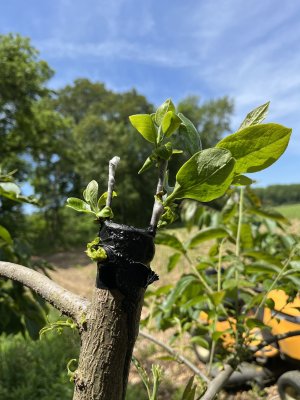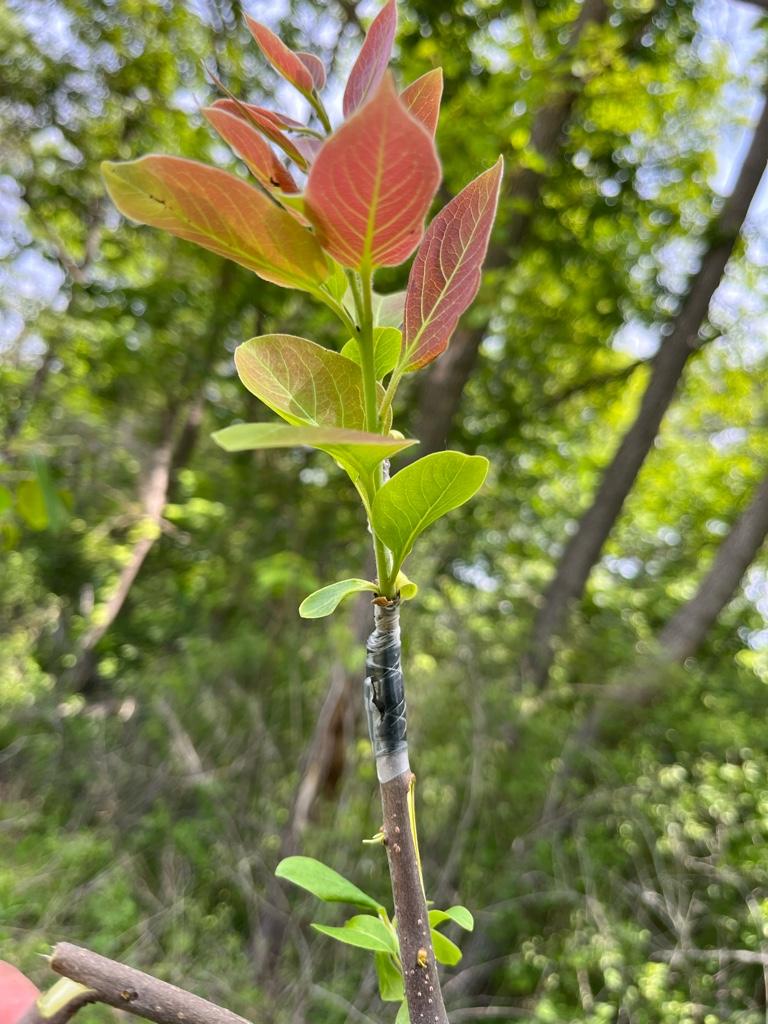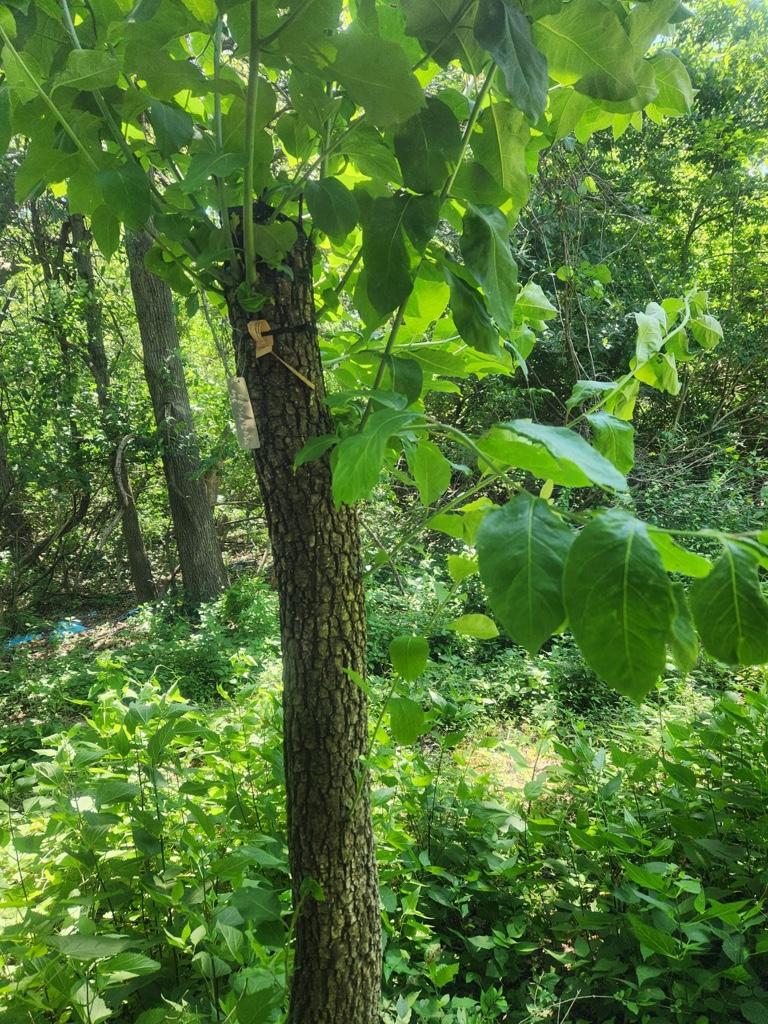g squared 23
5 year old buck +
I came across a patch of small trees together, and then I found what I believe to be the parent tree. This is on the edge of the woods and gets a lot of sunlight. No discernible fruit. I have attempted to include pictures of the bark of the parent tree as well as the biggest of the small trees. Appreciate any input from the group.
Attachments
-
 565C9AD4-A1D6-4EEB-8237-E7DEECF6D44E.jpeg880.1 KB · Views: 71
565C9AD4-A1D6-4EEB-8237-E7DEECF6D44E.jpeg880.1 KB · Views: 71 -
 37FD80A0-3D2E-4330-B3F0-B59B6D800283.jpeg226.4 KB · Views: 65
37FD80A0-3D2E-4330-B3F0-B59B6D800283.jpeg226.4 KB · Views: 65 -
 2CAE0FD0-9F57-4914-AC8E-AAFFF83DC448.jpeg391.3 KB · Views: 65
2CAE0FD0-9F57-4914-AC8E-AAFFF83DC448.jpeg391.3 KB · Views: 65 -
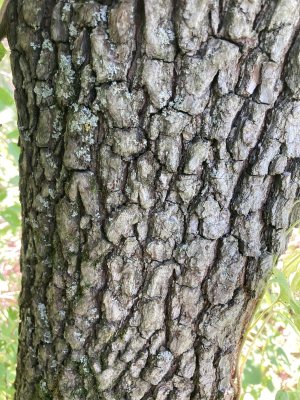 D955DB8D-7DE6-42AC-9D10-51C603D011CF.jpeg631.5 KB · Views: 60
D955DB8D-7DE6-42AC-9D10-51C603D011CF.jpeg631.5 KB · Views: 60 -
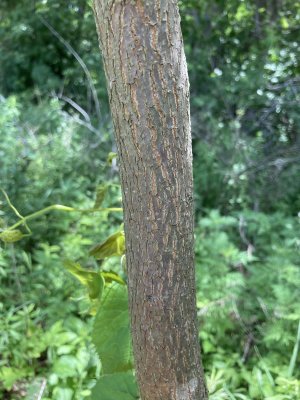 82339A43-AB96-40AE-A767-D5425BC6131F.jpeg347.8 KB · Views: 65
82339A43-AB96-40AE-A767-D5425BC6131F.jpeg347.8 KB · Views: 65


